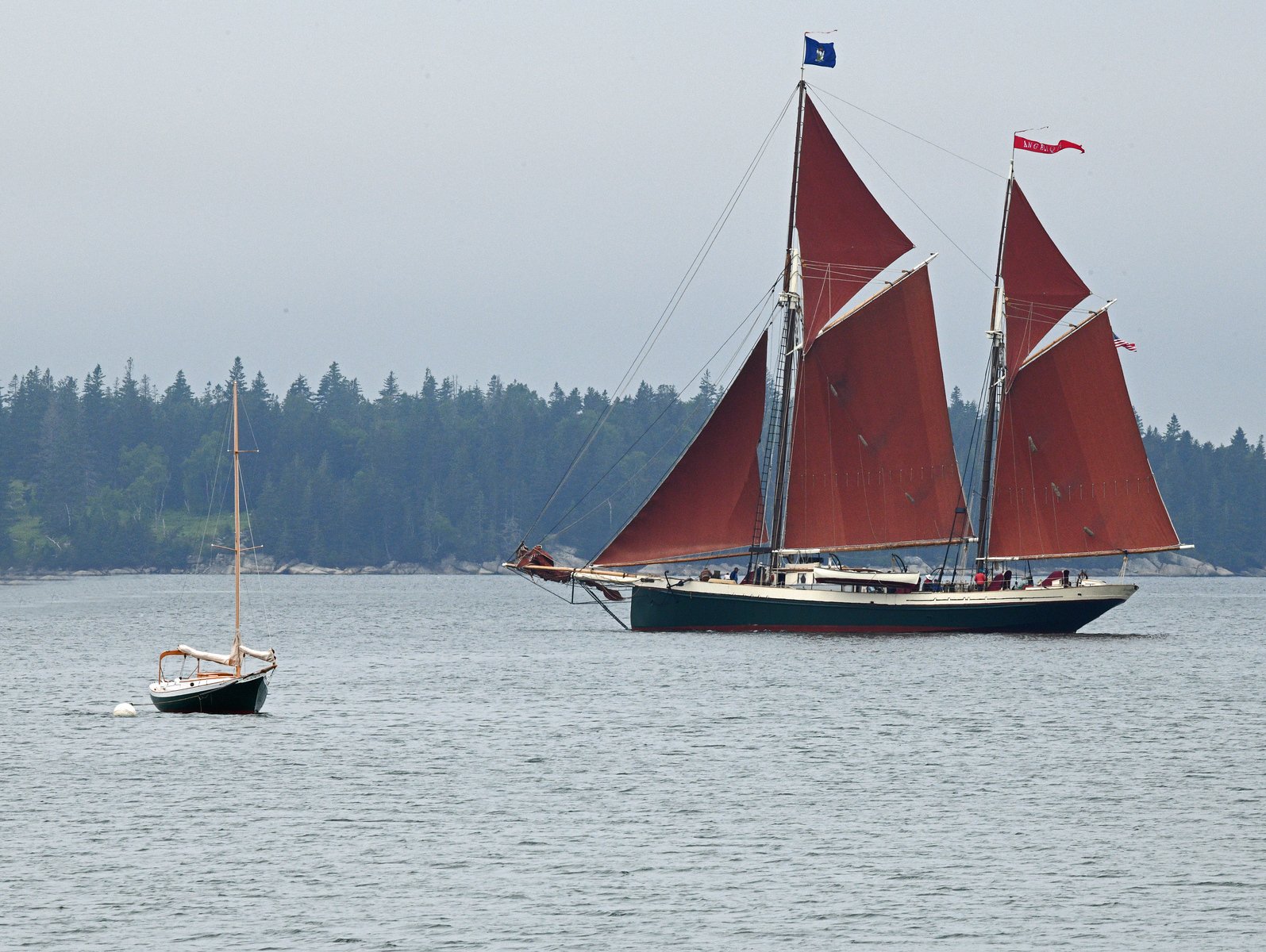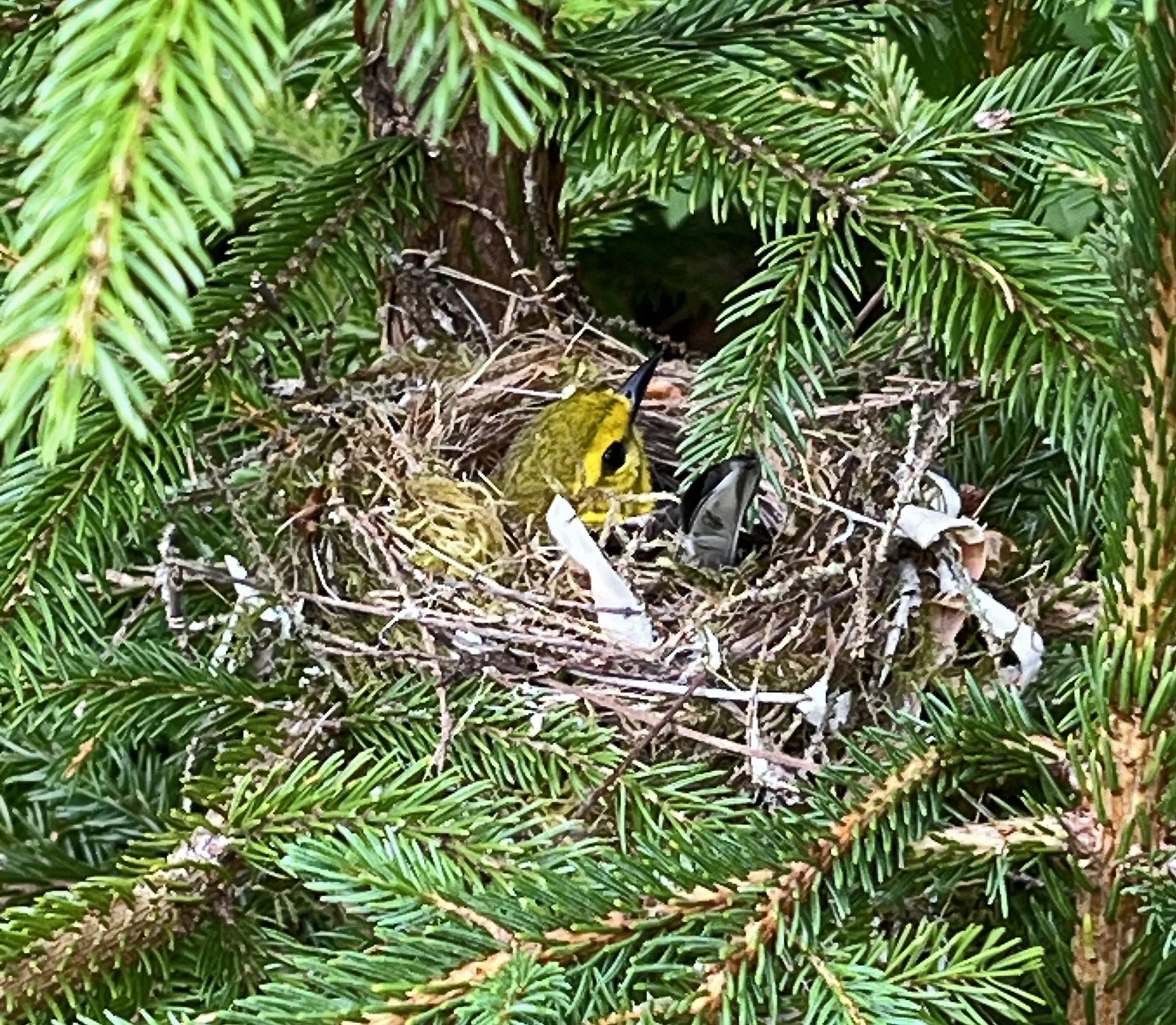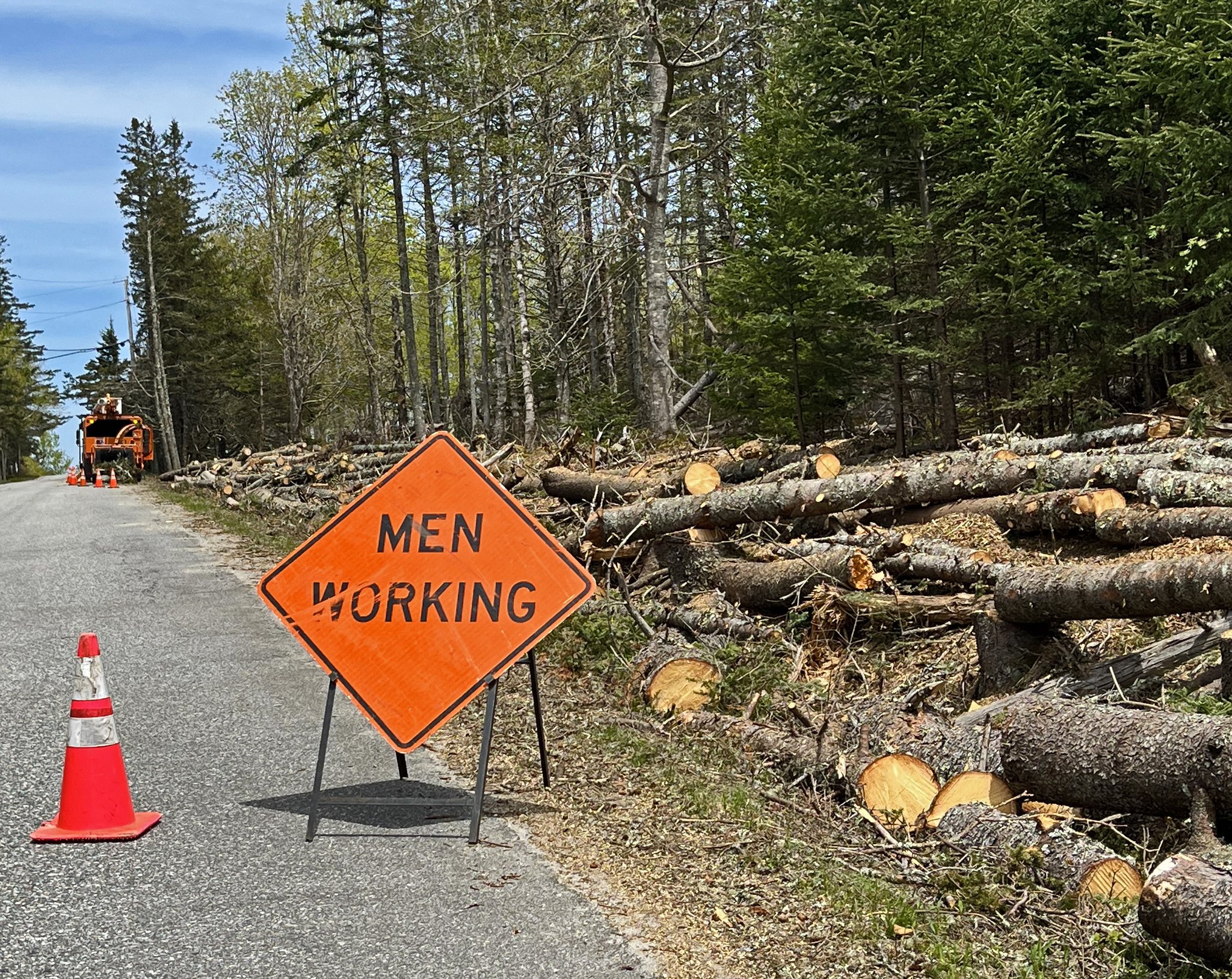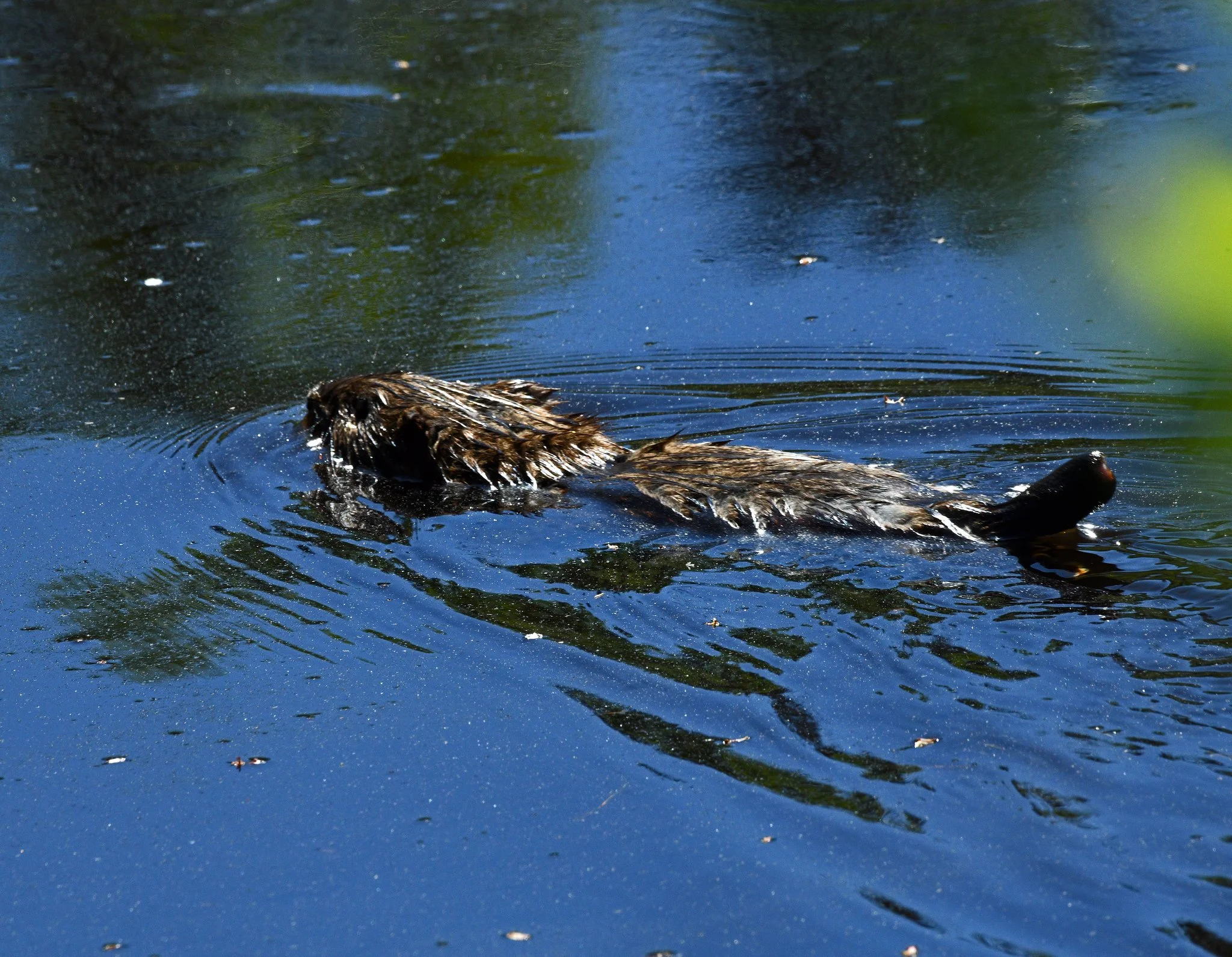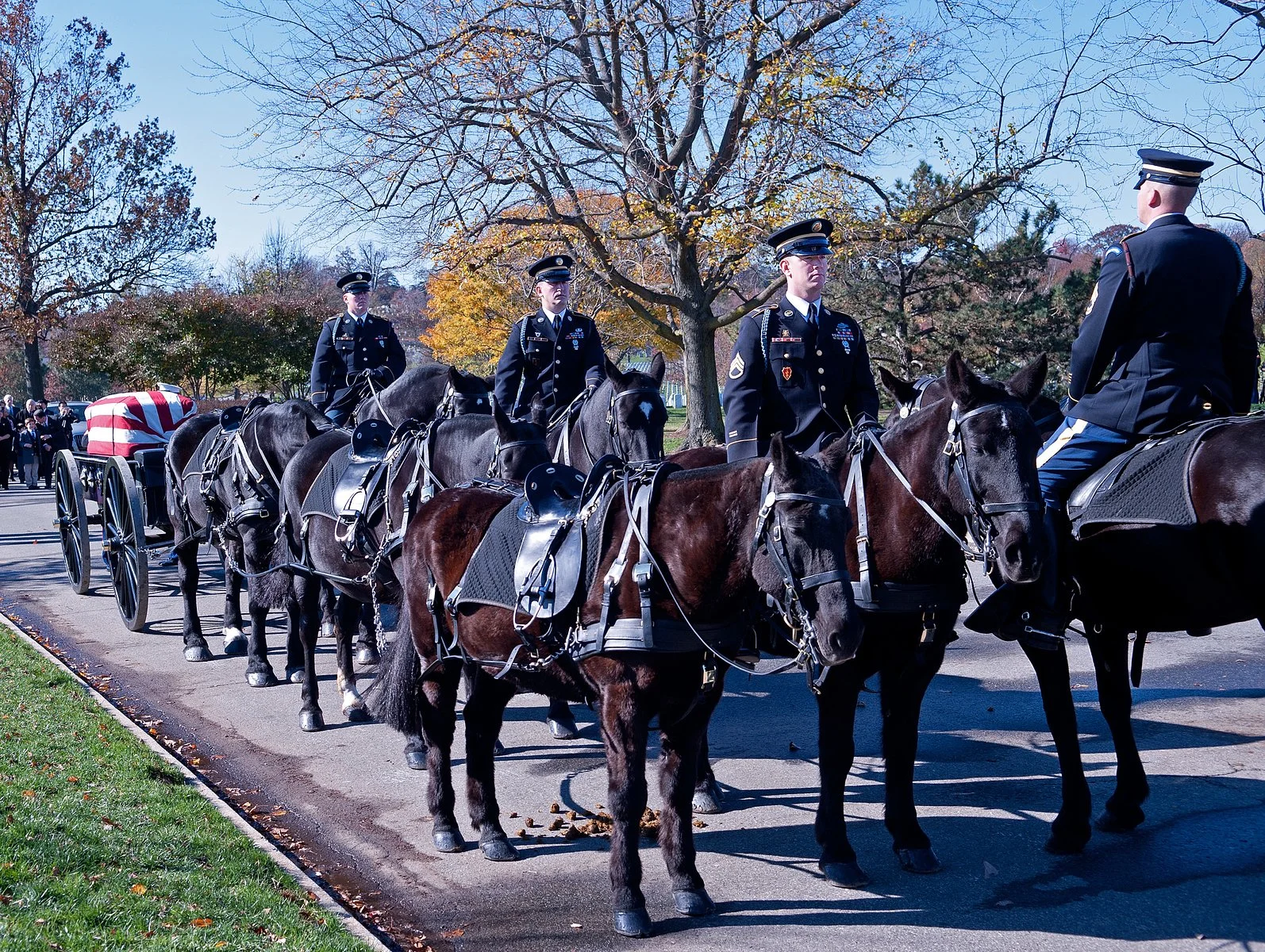Martha was built here in 1967 by the famed Brooklin naval architect Joel White for his even more famous father, the New York- and Brooklin-based author E.B. White (“Charlotte’s Web,” etc.). She was named after Joel’s daughter, the granddaughter of E.B. (who was known by many around here as “Andy”). That’s the very short version of the history.
The short lesson has to do with the type of boat that Martha is. She’s reported as a sloop-rigged Crocker pocket cruiser that is almost 20 feet long overall (19’ 9”). A “cruiser” is built to sail on multi-day trips; that is, it’s not just a “daysailer.” Among other things, cruisers usually have at least one berth to sleep in, a stove to cook on, and a head (toilet) to sit on.
But Martha is a “pocket” cruiser. That is, she has all of the above attributes, but she’s miniaturized, which requires extraordinarily well-designed accommodations. The “pocket” designation derives from the practice of applying that term to objects that have been miniaturized to carry (e.g., “pocketknives”). When applied to the miniaturization of large vessels, the term can seem extreme (e.g., the World War II “pocket battleships”).
There’s more: Martha is a Crocker pocket cruiser. That is, she was inspired by the designs of naval architect Samuel Sturgis Crocker, who specialized in small and stout cutters with sharply sweeping bows. (Take another look at Martha’s magnificent bow.)
After E.B.’s death, Martha was sold by the White family to Rich Hilsinger, the former Director of the WoodenBoat School here. He promised to keep her in Brooklin where she belongs. Here’s a Leighton Archive image of Rich sailing Martha:



































